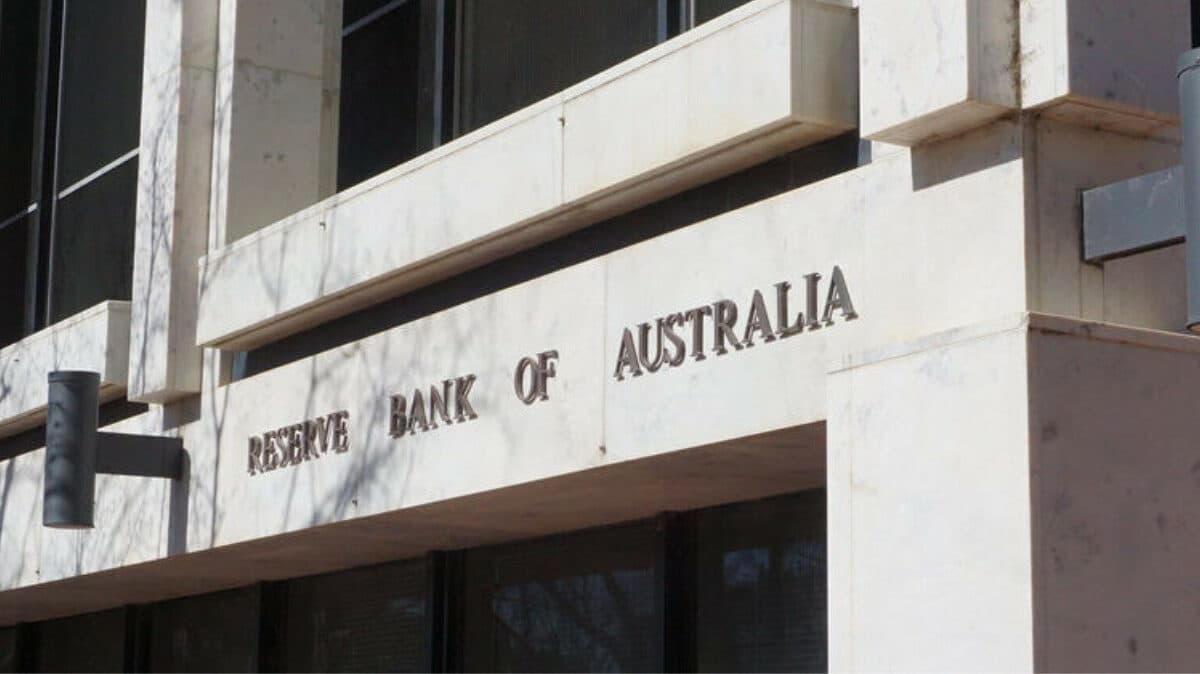Amid growing inflationary pressures and cost-of-living concerns, the Reserve Bank of Australia (RBA) has lifted its benchmark interest rate once again by 50 basis points to 2.35 per cent. It also increased the interest rate on Exchange Settlement balances by 50 basis points to 2.25 per cent.
So what does it mean? This means that this rate hike will now cost the average Australian homeowner an extra $801 per month, above what they were paying just five months ago.
In 2020, the RBA lowered the cash rate to its all-time low of 0.1 per cent. Since then, the rates have gradually increased, with the last four hikes since May being a considerable 50 basis points.
Anneke Thompson, Chief Economist, CreditorWatch, expects further increases “until retail trade data starts to reflect downbeat consumer sentiment better.”
“This could happen, however, as soon as the upcoming Christmas shopping period,” Ms Thompson noted. “It is likely by December that mortgage holders will be really feeling the effects of higher repayments, and of course higher prices of everything from furniture to eating out and to holidays.”
Griffith University’s Mark Brimble highlights that global pressures will play a large role in the path forward.
He explained, “[The RBA] will want to input a bit more pressure on rates re. inflation and demand and settle to allow the 18-month transmission into the economy. If global pressures don’t resolve (Ukraine, China, and energy) then they may go again in November/December.
“If these things do resolve/start to resolve, [interest rate hikes] are likely to pause, then a return to long-run fundamentals in the second half of next year will see stability or a slight easing.”
While most experts predicted the rate hike, they remain divided on how it will tackle Australia’s current inflation, which currently stands at 6.1 per cent.
Angela Jackson, Impact Economics and Policy, expects the RBA “to continue tightening until at least November, and not look to decrease until later in 2023.”
Meanwhile, Sean Langcake, BIS Oxford Economics, notes “the headwinds to activity are mounting” and “the Bank will pause to assess the impact of higher rates sooner rather than later.”
Peter Boehm, Pathfinder Consulting, predicts the cash rate will be 2.5 per cent by the end of 2022.
“This means the RBA have to keep increasing rates over the next couple of months,” Mr Boehm added. “No current economic or financial data has come to light which would cause the RBA to deviate off its stated path of rate increases to combat inflation – even though such a strategy will probably do more harm than good with a limited positive impact on bringing prices down.”
More rate hikes expected over the months ahead
As per the RBA, today’s rate increase will help bring inflation back to target and establish a more durable balance between supply and demand in the Australian economy. A strong economy and a period of ongoing full employment depend on price stability.
The Board anticipates increasing interest rates more in the upcoming months, although there is no set plan for doing so. New data and the Board’s evaluation of the inflation and labour market outlooks will affect future interest rate increases. The Board is adamant about doing everything in its power to guarantee that Australia’s inflation eventually reaches its target level.
Prior to this year, the RBA’s last interest rate hike was back in 2010.
Official announcement here.
Keep up to date with our stories on LinkedIn, Twitter, Facebook and Instagram.
READ MORE: Australian SMEs recorded highest jobs growth in 11 months: Xero

